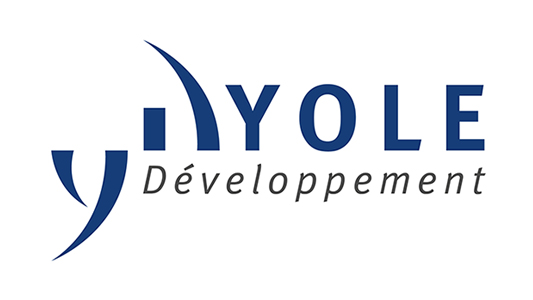LYON, France- Used for more than 40 years for their germicidal effects, systems based on low-pressure mercury lamps (LP-Hg lamps) for surface, air, and water disinfection will gradually disappear in favor of UVC LEDs. The Minamata Convention on Mercury (a global treaty that aims to protect human health and the environment from the harmful effects of mercury), future regulations, and lack of competing technology should allow UVC LEDs to take over the market, just as white light LEDs did a few years earlier in the general lighting segment. The adoption of this technology for this purpose is, therefore, no longer a question of “if” but “when.”
That is the point of the report, UVC LED Beyond COVID-19: Performance Analysis and Comparison, in which PISÉO, Yole Group’s partner, delivers a clear and relevant picture of past and future performance and cost trends based on a comparative analysis of an extensive list of 160 LEDs currently on the market. Strategy and market positioning of the major players are presented. In addition, key factors still regarded as hindrances to the full adoption of this technology are analyzed in detail.
- WPE
As with white-light LEDs, PISÉO considers wall-plug efficiency as the champion parameter that will, at a specific level, help bring LP-Hg lamps to an end. However, for the time being, most UVC LED WPEs are in the range of 1 – 4%, too low to compete with LP-Hg lamps which have an efficiency of around 30%.
According to Matthieu Verstraete, Senior Electronics Analyst at PISÉO: “This creates a cascade effect with, as an end result, a consequence on the cost: the lower the efficiency, the higher the quantity of heat to be dissipated, the more difficult the integration and the higher the cost. Yet, a few companies are beginning to stand out with promising WPEs”…
To read the full story, please click













